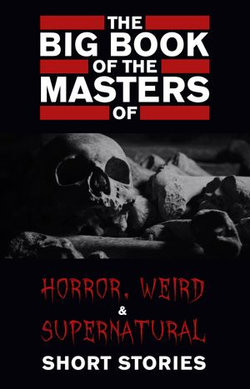Walter Scott
Walter Scott was born in Edinburgh on 15 August 1777. He was educated in Edinburgh and called to the bar in 1792, succeeding his father as Writer to the Signet, then Clerk of Session. He published anonymous translations of German Romantic poetry from 1797, in which year he also married. In 1805 he published his first major work, a romantic poem called The Lay of the Last Minstrel, became a partner in a printing business, and several other long poems followed, including Marmion (1808) and The Lady of the Lake (1810) . These poems found acclaim and great popularity, but from 1814 and the publication of Waverley , Scott turned almost exclusively to novel-writing, albeit anonymously.
A hugely prolific period of writing produced over twenty-five novels, including Rob Roy (1817), The Heart of Midlothian (1818), The Bride of Lammermoor (1819), Kenilworth (1821) and Redgauntlet (1824) . Already sheriff-depute of Selkirkshire, Scott was created a baronet in 1820. The printing business in which Scott was a partner ran into financial difficulties in 1826, and Scott devoted his energies to work in order to repay the firm’s creditors, publishing many more novels, dramatic works, histories and a life of Napoleon Bonaparte. Sir Walter Scott died on 21 September 1832 at Abbotsford, the home he had built on the Scottish Borders.
Walter Scott was born in Edinburgh in 1771, educated at the High School and University there and admitted to the Scottish Bar in 1792. From 1799 until his death he was Sheriff of Selkirkshire, and from 1806 to 1830 he held a well-paid office as a principal clerk to the Court of Session in Edinburgh, the supreme Scottish civil court. From 1805, too, Scott was secretly an investor in, and increasingly controller of, the printing and publishing businesses of his associates, the Ballantyne brothers.



Share This eBook: